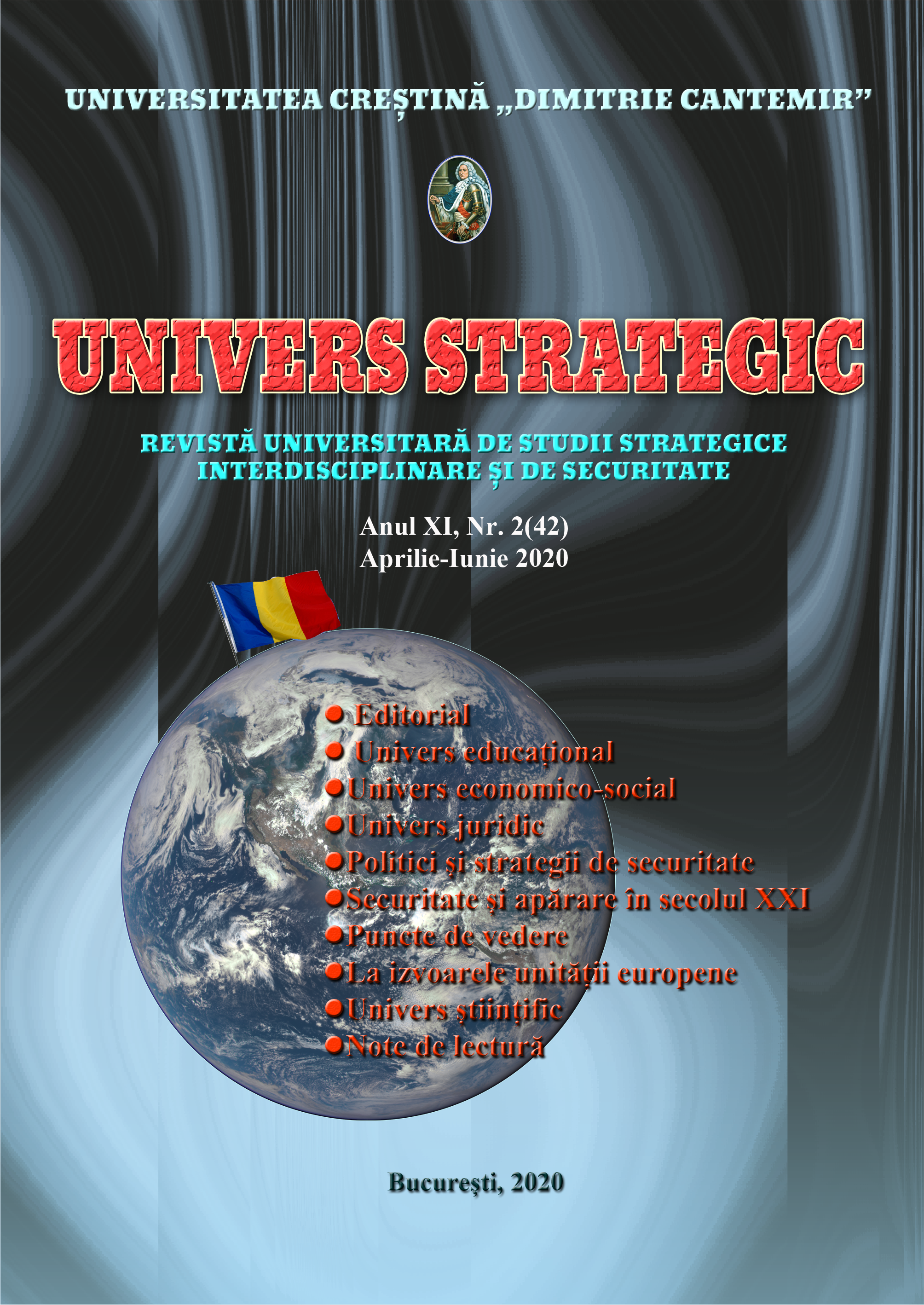REVELAȚIILE EXPLOZIEI INFORMAȚIONALE, ORIGINEA ACTUALIZATĂ A ETNONIMELOR VALAH ȘI ROMÂN
INFORMATION EXPLOSION DISCLOSURES UPDATED, ORIGIN OF THE WALLACHIAN AND ROMANIAN ETHNONYMS
Author(s): Liviu TeleoacăSubject(s): Cultural history, Ethnohistory
Published by: Universitatea Crestina "Dimitrie Cantemir"
Keywords: name; people; fireplace; origin; existence; duration; value;
Summary/Abstract: Based on the little knowledge from previous centuries, the simplistic explanations regarding the origin of the Romanian ethnonyms from romanus and Wallachian from volcae quickly became dogmas, which guided the entire development of philology and history so far. Thus, a complex system of precepts became generalized, which marginalized anyone who brought to light new evidence for rethinking the origin of these ethnonyms, Wallachian and Romanian, which prove to be much older than previously thought. Not only are they multimillennial, but the Wallachian ethnonym proves to be the origin for a large number of European ethnonyms, as it is for European ethnonyms of the Venetian form, widespread throughout Europe, up to the Homeric Enetians of Asia Minor [1] . Due to its great antiquity and importance, it is also shown that the Wallachian name is inscribed in the Sacred Books of mankind, but also that its Danubian origin is supported by semiotic, semantic, mythical and archaeological arguments. Based on the linguistic arguments, it turns out that the Romanian ethnonym was used in the Carpatho-Balkan area long before the arrival of Emperor Trajan on the Danube. According to the linguist Émile Benveniste, the r / n alternation represents the oldest Indo-European inflection, a legitimacy by virtue of which the rhotacized forms, rrëmër / rumăr, of the Romanian ethnonym have the same great antiquity as the rhotacized forms found in the Hittite language, whose ancestors also started from the Lower Danube area. By comparison with the chronology of the Hittite Empire it results that the rotacized forms of the Romanian ethnonym circulated in the Balkan-Carpathian-Pontic space almost a thousand years before the founding of Ancient Rome in 753 BC. The arguments presented were grouped into subchapters, which can be studied in any order.
Journal: Revista Univers Strategic
- Issue Year: XI/2020
- Issue No: 42
- Page Range: 229-253
- Page Count: 25
- Language: Romanian

